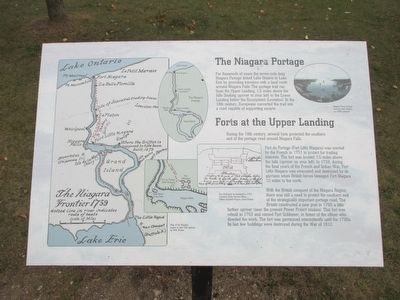Welcome to Creswick, a town that holds a poignant chapter in Australia’s mining history. As you explore, either by foot or virtually, take a moment to reflect on the events of 1882, when Creswick became the site of one of the country’s most tragic mining disasters.
Creswick was established during the Victorian gold rush in the 1850s, drawing thousands in search of fortune. This bustling town was named after the Creswick family, early settlers in the area. As miners flocked to the region, Creswick grew, becoming a hub of activity and a testament to the era’s rapid industrial expansion.
The event that would mark Creswick’s place in history occurred on December 12, 1882, at the No. 2 New Australasian Gold Mine. A sudden and catastrophic flood trapped 27 miners underground. Despite the efforts of rescue teams working tirelessly for days, only five miners were brought out alive. The tragedy sent shockwaves across the nation, highlighting the perilous conditions faced by miners and leading to changes in mining safety regulations.
Among those involved in the rescue was Henry ‘Harry’ Matson, a miner who bravely attempted to reach his trapped comrades. His efforts, along with those of many others, are remembered as acts of heroism amid disaster.
Over time, Creswick evolved from a gold rush town into a community that values its heritage. Today, the town commemorates its history with the Creswick Museum, where artifacts and stories of the past are preserved. The miners’ memorial stands as a silent witness to the lives lost and serves as a reminder of the town’s enduring spirit.
Creswick played a crucial role in Australia’s mining narrative, serving as a site of both tragedy and resilience. As you reflect on its history, consider how the events here have shaped not only the community but also broader mining practices in Australia.



